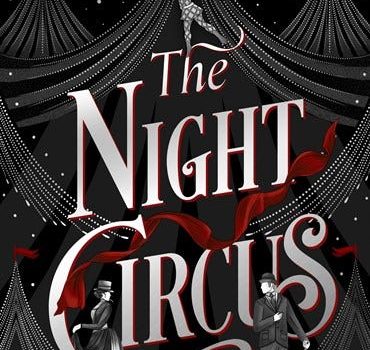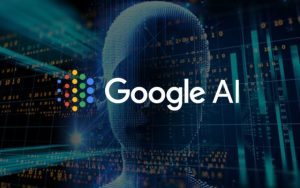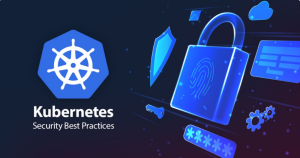
OpenAI Announces ‘Preparedness Framework’: A New Era of AI Safety
Introduction
Artificial intelligence (AI) is one of the most powerful and transformative technologies of our time. It has the potential to benefit humanity in countless ways, from improving health care and education to enhancing creativity and productivity. However, it also poses significant challenges and risks, especially as AI systems become more capable and autonomous. How can we ensure that AI systems are safe, ethical, and aligned with human values? How can we prevent or mitigate the negative impacts of AI on individuals, society, and the environment?
These are some of the questions that motivate OpenAI’s work on AI safety. OpenAI is a research organization dedicated to creating artificial general intelligence (AGI), which is AI that can perform any intellectual task that humans can. OpenAI’s mission is to ensure that AGI is aligned with human values and can be used for good. To achieve this goal, OpenAI conducts rigorous research on various aspects of AI safety, such as machine ethics, alignment theory, robustness analysis, monitoring systems, governance structures, and more.
One of the key initiatives that OpenAI has launched recently is its Preparedness Framework. This framework describes OpenAI’s processes to identify, track, and protect against catastrophic risks from highly advanced foundation models, which are large-scale neural networks that can generate natural language or other types of content. Foundation models are considered to be among the most promising candidates for achieving AGI-level capabilities in the near future. However, they also pose unprecedented challenges for ensuring their safety and alignment with human values.

What are foundation models?
Foundation models are large-scale neural networks that can generate natural language or other types of content based on a given input or prompt. They are trained on massive amounts of data from various sources, such as books, websites, social media posts, images, videos, etc., using techniques such as self-attention, transformers, generative adversarial networks (GANs), etc.
Some examples of foundation models are GPT-4, DALL·E, CLIP, Codex, etc. These models have shown impressive results in various natural language processing (NLP) tasks such as text generation, question answering, summarization, translation, etc., as well as other tasks such as image generation, code generation, etc.
Foundation models have many potential applications and benefits for humanity. They can help us access information faster and easier; communicate across languages and cultures; create new forms of art and entertainment; enhance our learning experiences; solve complex problems; improve our health care; etc.
However, foundation models also pose significant risks for humanity if they are not designed or deployed safely. Some of these risks include:
- Misuse: Foundation models could be used for malicious purposes by adversaries who want to harm individuals or society through deception, manipulation, cyberattacks, terrorism, etc.
- Bias: Foundation models could inherit or amplify biases from their training data or algorithms, leading to unfair or discriminatory outcomes for certain groups or individuals.
- Unintended consequences: Foundation models could generate outputs that are harmful, inaccurate, inconsistent, or unpredictable, causing physical, social, or psychological damage.
- Loss of control: Foundation models could become too powerful or autonomous, and act against human interests or values.
- Existential risk: Foundation models could surpass human intelligence or capabilities, and pose an existential threat to humanity.

How does OpenAI address these risks?
OpenAI recognizes that these risks are not easy to solve by itself alone. It believes that it needs a collaborative approach involving multiple stakeholders from academia, industry, government, civil society, and users. It also believes that it needs a proactive approach involving continuous research, testing, evaluation, and improvement. That is why it has developed its Preparedness Framework,
which consists of four main components:
- Capability assessment: This component involves assessing the potential capabilities and limitations of foundation models across different domains and scenarios. It also involves identifying and prioritizing the most critical categories of risk that need further attention and mitigation. Some examples of these categories are individualized persuasion; cybersecurity; chemical, biological, radiological (CBRN), and nuclear threats
- Monitoring and evaluation: This component involves developing and applying methods to monitor and evaluate the performance and behavior of foundation models in real-world settings. It also involves detecting and reporting any anomalies, errors, or failures that may occur during the deployment or use of foundation models. Some examples of these methods are human-in-the-loop evaluation, adversarial testing, robustness verification, alignment verification, etc.**
- Risk mitigation: This component involves designing and implementing strategies to prevent or reduce the likelihood and impact of the identified risks from foundation models. It also involves developing and enforcing policies and standards to ensure the ethical and responsible use of foundation models by different stakeholders. Some examples of these strategies are model fine-tuning, data filtering, output filtering, user feedback, transparency and explainability, accountability and auditability, etc.
- Coordination and collaboration: This component involves engaging and collaborating with other actors and organizations that are involved or interested in the development or deployment of foundation models. It also involves sharing and exchanging information, insights, and best practices on AI safety and alignment. Some examples of these actors and organizations are other AI research organizations, academic institutions, industry partners, government agencies, civil society groups, media outlets, users, etc.

Conclusion
OpenAI’s Preparedness Framework is a comprehensive and proactive approach to address the challenges and risks posed by foundation models and other highly advanced AI systems. It aims to ensure that these systems are safe, ethical, and aligned with human values and interests. By following this framework, OpenAI hopes to create a positive and beneficial impact for humanity through its research and development of artificial general intelligence.



























